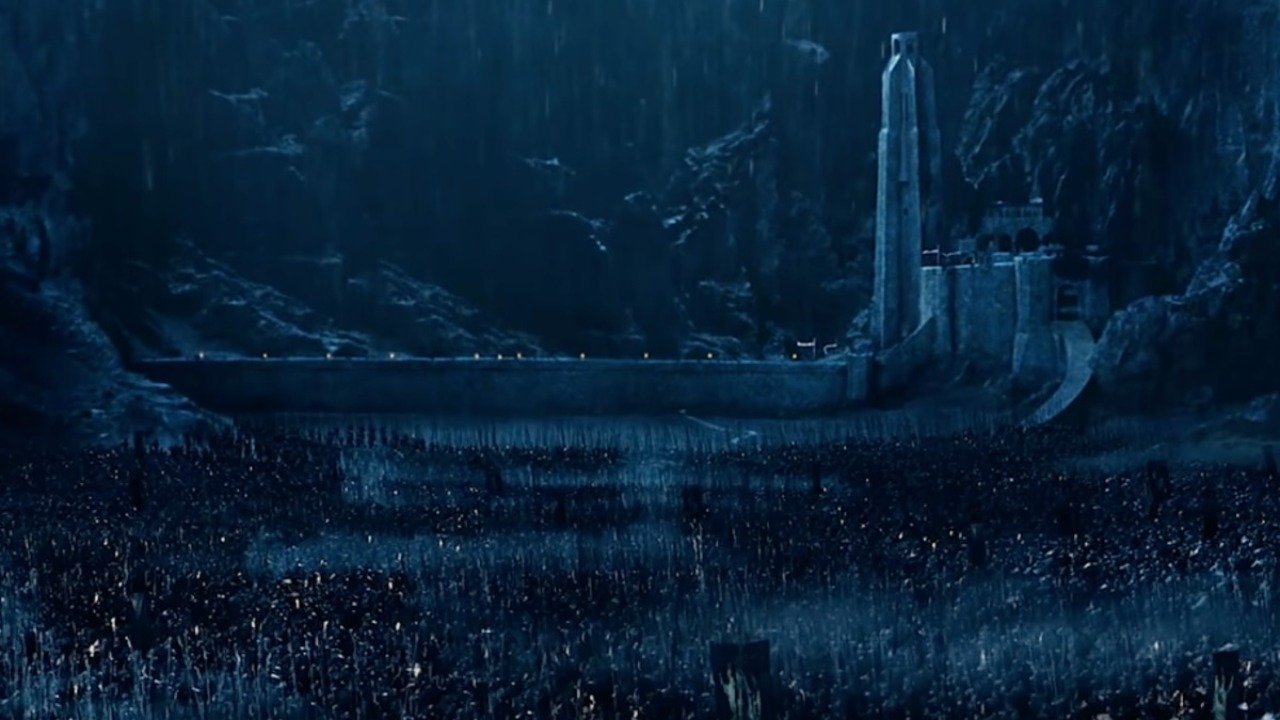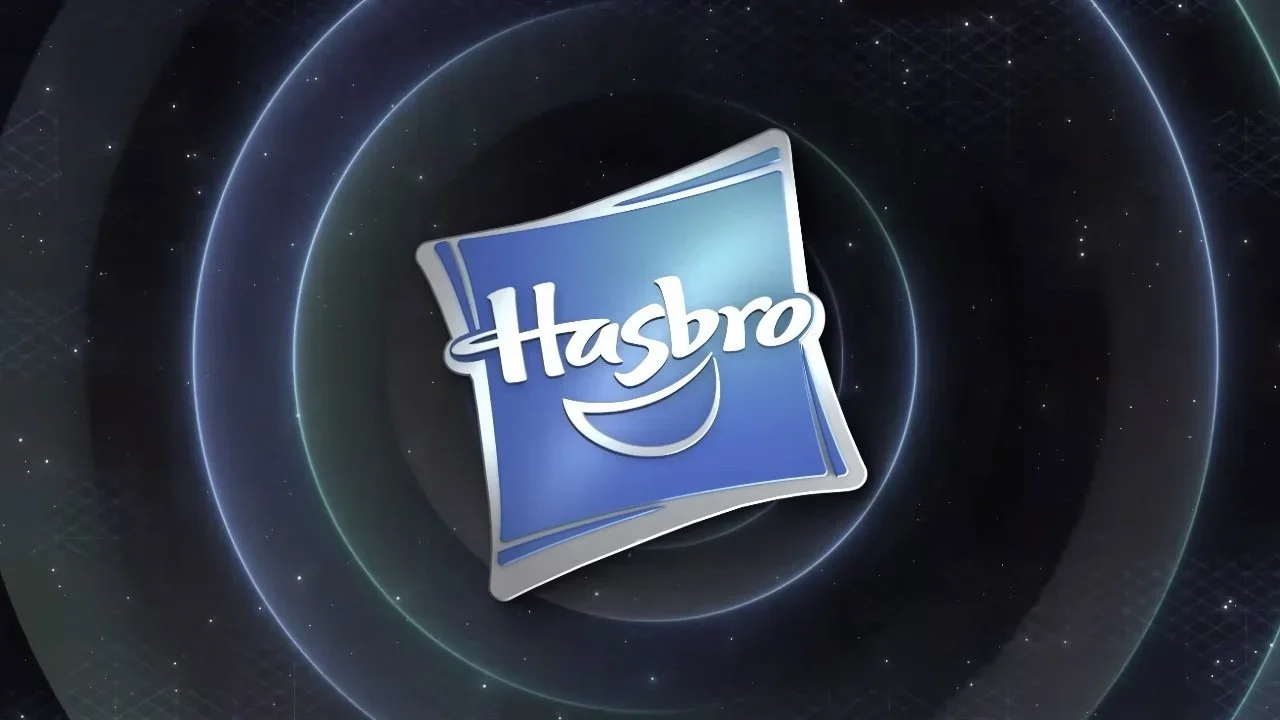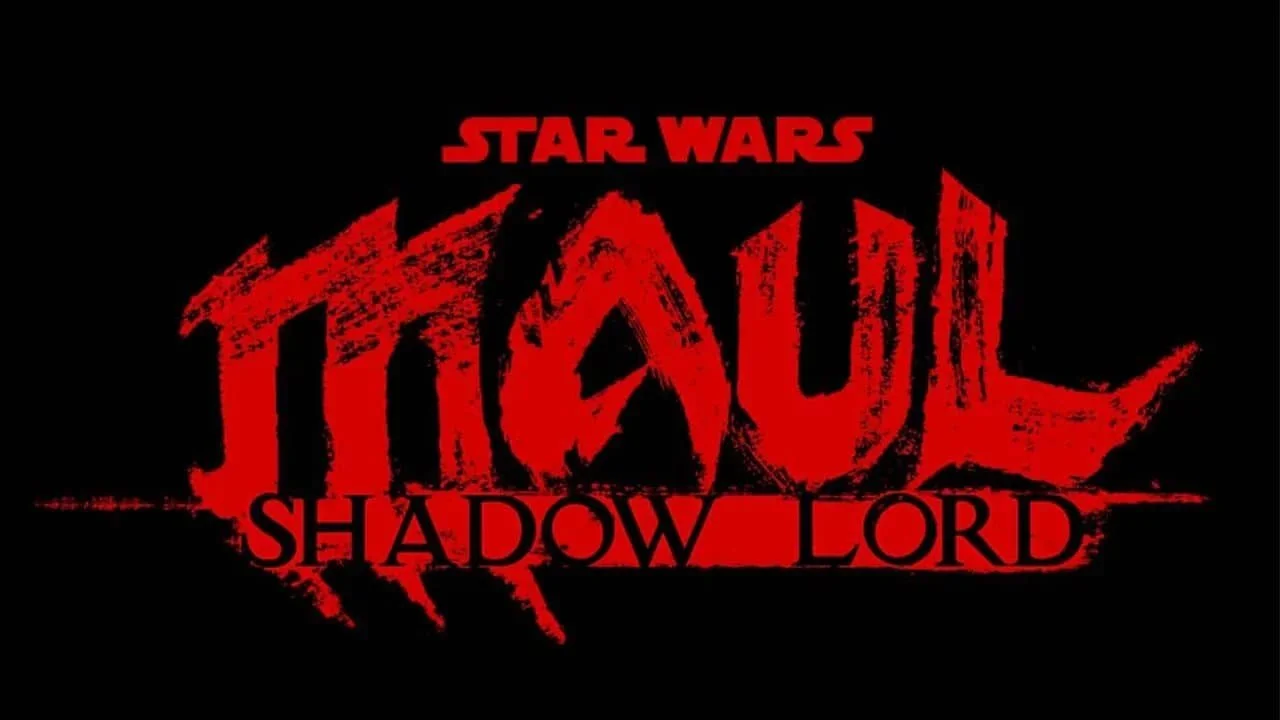The Creation Of The Transformers
Image Source: CultureSlate
Transformers have been around for almost 40 years at this point, and have gone through many changes. From the original 1980’s toyline, comic books, and cartoon, to the Beast Wars and all that creeps, crawls and flies, straight through to the movies of today. Where did this seemingly simple concept have robots that transform into vehicles, animals, and other objects come from? In order to figure that out one must go back to the beginning. This is the tale of two countries, the United States and Japan, and two toy companies: Hasbro and Takara, the latter of which is now Takara-Tomy after a merger back in 2006.
Hasbro, then known as Hassenfeld Brothers, released G.I. Joe in 1964. G.I. Joe was a soldier posable doll and the first of it’s kind to be marketed as an “action figure”. The toy line would be licensed by Takara for release in Japan, under the name Combat Joe. Later, inspired by the then recent “henshin boom” in popular culture, Takara would retool the line as Henshin Cyborg, a cyborg cast in clear plastic who could swap out parts to transform. Takara had intended to release playsets for the figure, however rising costs and limited space in Japanese homes meant that Takara had to downsize the line.
RELATED:
This led to the creation of Microman. Featuring 3.75 inch tall action figures with chromed heads and several articulation points, Microman’s premise was that the action figures were life sized aliens from “Micro Earth”, who disguised themselves as action figures when they came to Earth. Also included in the line was a figure called “Cosmo Countach”, which could be rebuilt from a Lamborghini Countach to a robot. This toy line would be imported by Mego to become Micronauts, while the 3.75 inch scale would be adopted by Kenner for their Star Wars line, later becoming the industry standard.
After several other figures like Cosmo Countach, Takara would spin off a new toyline in the 80’s centered around transforming robots: Diaclone. Featuring piloted mecha that could turn into bases, and pilot figures based on Microman’s designs, Diaclone would soon switch gears after the success of the Car Robots subline, who’s robots turned into real life cars. Soon, all major Diaclone toys would turn into real life vehicles. Later, they would relaunch Microman as New Microman, which included the subline, Micro Change, which featured robots that turned into toys, guns, and other small objects.
Image Source: Joepedia
Diaclone would be imported to several countries in the following years. Takara themselves would launch two toylines in the United States based around Diaclone figures: Diakron, and Kronoform. However, Takara lacked the resources to fully market and distribute the line. If they wanted to import the figures, they needed a domestic partner. Meanwhile, Hasbro was rebooting G.I. Joe in the 3.75 inch style. With television being deregulated, they teamed up with Marvel and Griffin Bacal to create a three pronged marketing scheme for what would become G.I. Joe: A Real American Hero, animated commercials, a comic book series, and an animated mini-series, which later became a full series. These were produced by Marvel Productions and Griffin Bacal’s Sunbow Productions.
In June of 1983, a Hasbro representative was at the Tokyo Toy Show, where he came across Takara’s display of Diaclone and Micro Change toys. Seeing the potential, Hasbro pitchman Henry Orenstein was able to convince his superior to license the figures for their market, giving Takara the partner they needed. Teaming up with Marvel and Griffin Bacal/Sunbow once again, the three companies came up with a new premise to rebrand the figures under.
Image Source: Facebook
The mecha were reimagined as sapient alien robots from the planet Cybertron, represented by figures from both toylines. They were also split into two distinct factions, the heroic Autobots, led by Optimus Prime, or “Battle Convoy” from Diaclone, and the evil Decepticons, led by Megatron, “Gun Robo” from Micro Change. Like G.I. Joe before it, The Transformers would be advertised by animated commercials, a comic book, and an animated cartoon. Launching in 1984, The Transformers would be a success in its first year. Takara, catching news of this, would cancel Microman and Diaclone and re-import The Transformers back to Japan.
The Transformers would supplement the Diaclone and Micro Change figures with figures licensed from other lines, before switching to creating original figures entirely. For this, Hasbro would team up with Takara. This partnership still continues to this very day, as Transformers enters its 40th anniversary.
READ NEXT:
Source: Youtube















